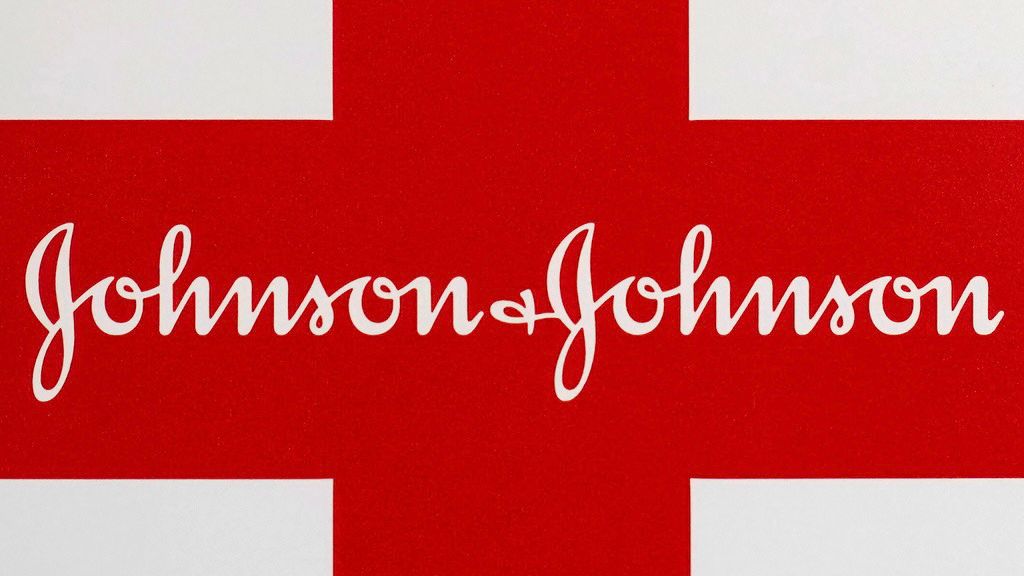The American Astronomical Society warned Friday that counterfeit glasses for viewing next month’s solar eclipse are popping up online.
What You Need To Know
- The American Astronomical Society warned Friday that counterfeit glasses for viewing next month’s solar eclipse are popping up online
- The rare total eclipse will extend from Texas to Maine on the afternoon of April 8
- Viewing the sun directly without proper eye protection — even for a short time — can permanently damage the retina and even cause blindness, called solar retinopathy, according to the American Academy of Ophthalmology
- The American Astronomical Society said in a news release that, as recently as March 11, it had not seen evidence that solar viewers being sold were unsafe, but that has changed in recent days
The rare total eclipse will extend from Texas to Maine on the afternoon of April 8. Parts of Oklahoma, Arkansas, Missouri, Illinois, Kentucky, Indiana, Ohio, Pennsylvania, New York, Vermont, New Hampshire are also in the path of totality. Other areas will see a partial eclipse.
Viewing the sun directly without proper eye protection — even for a short time — can permanently damage the retina and even cause blindness, called solar retinopathy, according to the American Academy of Ophthalmology.
Solar viewers are sold as cardboard glasses, plastic-frame glasses or handheld viewers.
The American Astronomical Society said in a news release that, as recently as March 11, it had not seen evidence that solar viewers being sold were unsafe, but that has changed in recent days.
Eclipse glasses certified as safe by the International Organization for Standardization are labeled “ISO 12312-2:2015.” And there are trusted manufacturers, some of which the AAS has included on its list of approved solar viewers.
But the organization noted that anyone can falsely print the ISO statement on a product and said unidentified Chinese factories are producing counterfeit glasses printed with the names and artwork of reputable brands, making them indistinguishable from the real things.
The AAS had already recommended people buy eclipse glasses included on its approved list. But now the group also is urging consumers to follow the list’s links to sellers when buying online.
The organization acknowledges its list is not comprehensive, saying there are hundreds of additional sellers “and we can’t possibly vet them all.” The AAS advises against searching sites such as Amazon, eBay and Temu and opting for the cheapest option.
Eclipse glasses should be “at least 1,000 times darker than even the darkest regular sunglasses,” said Rick Fienberg, project manager of the AAS Solar Eclipse Task Force.
“There’s no way to tell just by looking at them whether eclipse glasses are genuinely safe,” Fienberg said, “but it’s easy to tell if they are not safe.”
For those wondering if their solar viewers are safe, the AAS recommends a three-part test.
First, try them out indoors. You should not be able to see anything through them, except perhaps very bright lights, which should be very faint. If you can see any hint of items such as household furnishings or pictures on the wall, consider the glasses unsafe.
If the glasses pass the first test, try them outside on a sunny day, but don’t look at the sun yet. You still shouldn’t be able to see anything except perhaps the sun’s reflection, which, again, should be very faint, off a shiny surface or puddle.
For the last test, glance at the sun for less than a second. You should be able to see a sharp-edged round disk (the sun’s visible “face”) that is comfortably bright. The sun may appear white, bluish white, yellow or orange, depending on the type of filter in the glasses.
If the glasses pass all three tests, they are “probably” safe, the AAS said.
American Academy of Ophthalmology also cautions not to use eclipse glasses that have scratches or are damaged. And it says people should never look at the eclipsed or partially eclipsed sun through an unfiltered camera, telescope, binoculars or other similar devices, even if they are wearing eclipse glasses. The solar rays coming through the devices can damage the protective filter in glasses, it says.
Solar filters for cameras, binoculars and telescopes must be securely mounted on the front of the optics, the AAS said.
Those who do not have protective eyewear can indirectly view the partial eclipse using pinhole projection. One method includes placing the slightly open fingers of both hands in a waffle pattern and then looking at your hands’ shadow on the ground. You should be able to see the crescent shape of the partially eclipsed moon in the spaces between your fingers.
The AAS also suggested using items with small holes in them for pinhole projection — a colander, a straw hat, even a Ritz cracker. Another option is to look for a shadow on the ground of a leafy tree, which should show crescent-shaped suns in the spaces between the leaves.
Pinhole projection won’t work during totality. It is safe to look at the totally obscured sun without eye protection, but you should stop looking or put protective eyewear back on as soon as the sun peaks out behind the moon again, the AAS said.
Ryan Chatelain - Digital Media Producer
Ryan Chatelain is a national news digital content producer for Spectrum News and is based in New York City. He has previously covered both news and sports for WFAN Sports Radio, CBS New York, Newsday, amNewYork and The Courier in his home state of Louisiana.








